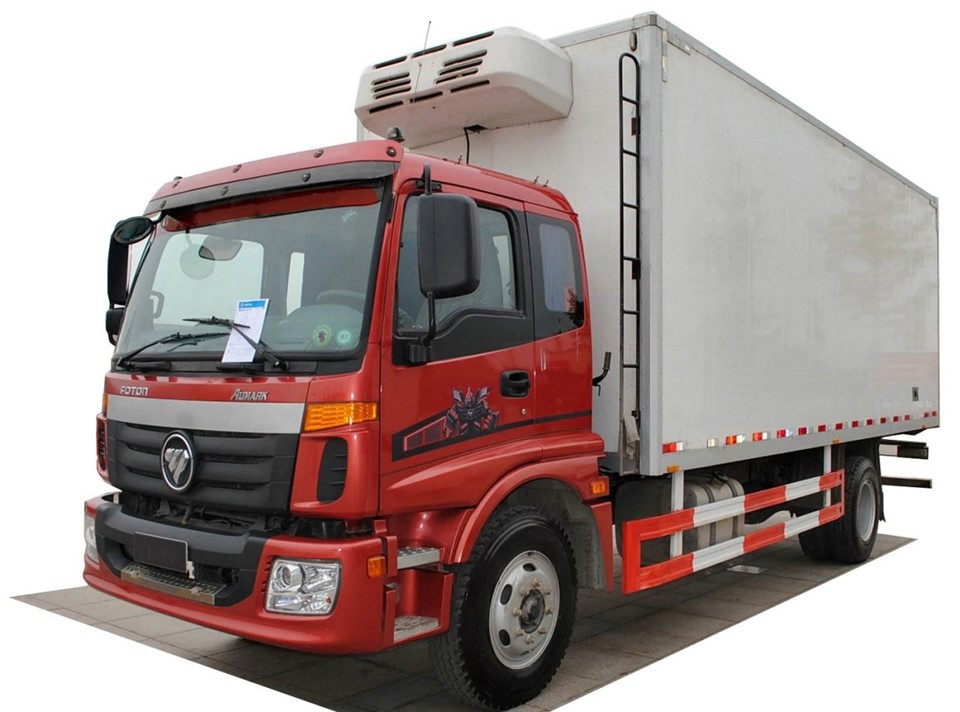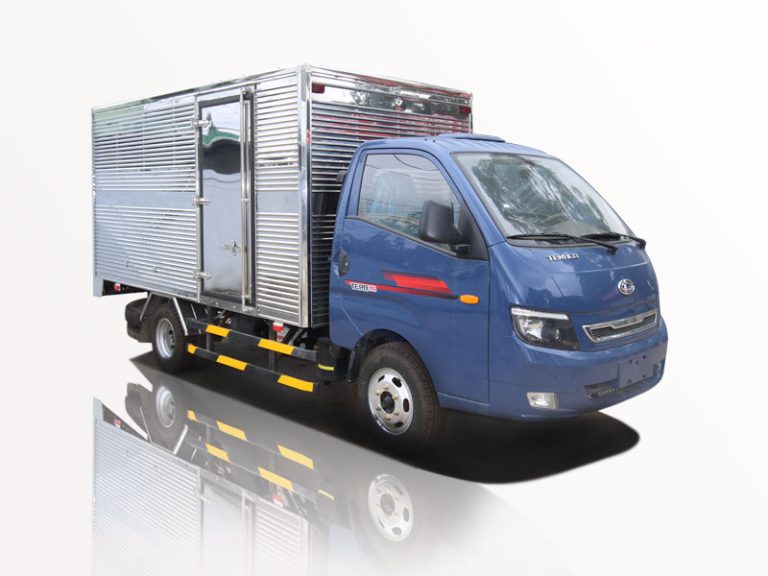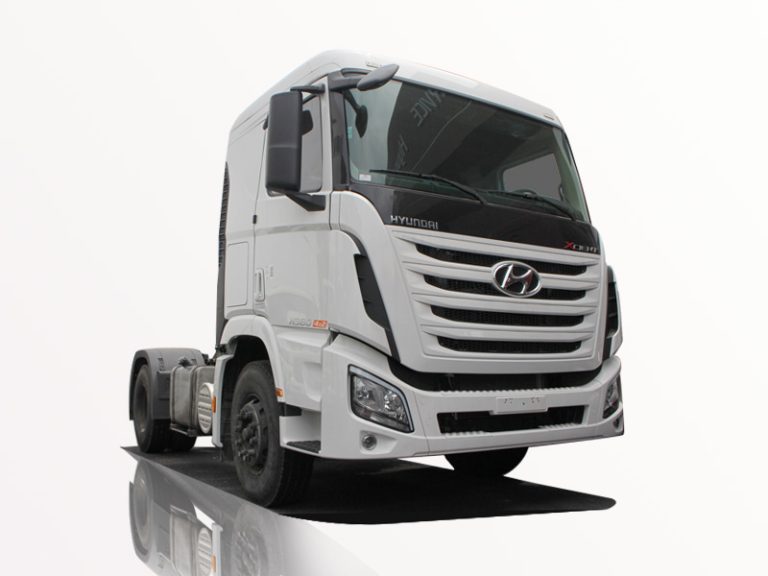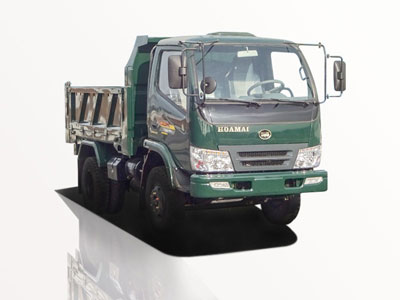Introduction
The logistics and transportation industry has always been a backbone of the global economy, facilitating the movement of goods across vast distances. With increasing environmental concerns and advancements in technology, electric semi trucks have emerged as a viable solution for sustainable transport. Among the major players in this market, BYD (Build Your Dreams) has positioned itself as a pioneer. This article delves into the features, benefits, and impact of the BYD semi truck, exploring its role in shaping the future of freight transport.
What is BYD?
Founded in 1995 in Shenzhen, China, BYD is a global leader in electric vehicles (EVs), batteries, and renewable energy solutions. The company has expanded its operations beyond just passenger vehicles to include commercial transportation solutions such as buses and semi trucks. Their commitment to innovation and sustainability has made them a formidable competitor in the automotive industry.
The BYD Semi Truck: An Overview
The BYD semi truck represents the company’s bold venture into the heavy-duty trucking segment. Designed with advanced technology and sustainability in mind, these vehicles are built to tackle the demands of modern freight transportation.
Key Features of the BYD Semi Truck
- Electric Powertrain: Powered by BYD’s cutting-edge battery technology, their semi trucks offer zero emissions, significantly reducing the carbon footprint.
- Long Range: With a range of up to 300 miles on a single charge, the BYD semi truck is ideal for regional hauling.
- High Payload Capacity: Capable of carrying substantial loads without compromising performance.
- Advanced Safety Features: Equipped with smart driving aids and advanced braking systems to enhance safety on the road.
Types of BYD Semi Trucks
BYD offers various models of semi trucks tailored to meet specific needs and applications:
| Model | Range (miles) | Payload Capacity (lbs) | Battery Capacity (kWh) |
|---|---|---|---|
| BYD 8TT | 200 | 33,000 | 200 |
| BYD 6F | 300 | 28,000 | 350 |
Advantages of BYD Semi Trucks
Switching to electric semi trucks can provide numerous advantages for fleets and businesses concerned with efficiency and sustainability.
Environmental Benefits
Electric semi trucks like those from BYD help reduce greenhouse gas emissions and air pollution, contributing to better air quality and a healthier planet. By switching to electric, businesses can meet sustainability goals and adhere to evolving regulations.
Cost Savings on Fuel and Maintenance
Electric trucks offer lower operating costs compared to diesel trucks. Companies can save significantly on fuel expenses since electricity is cheaper than diesel fuel. Additionally, electric trucks have fewer moving parts, leading to reduced maintenance costs.
Incentives and Rebates
Many governments offer incentives and rebates for businesses that invest in electric vehicles, including grants for purchasing electric trucks, tax credits, and reduced registration fees. These programs can significantly lower the initial investment costs associated with adopting BYD semi trucks.
Implementing BYD Semi Trucks in Your Fleet
Transitioning to electric trucks can be a smooth process if planned correctly. Here are some practical steps to integrate BYD semi trucks into your operations:
1. Assess Your Needs
Determine the specific requirements of your fleet, including the typical distance traveled, payload requirements, and routes. This helps you select the suitable BYD semi truck model.
2. Evaluate Charging Infrastructure
Electric trucks require charging stations. Assess your current infrastructure and consider investing in fast chargers to minimize downtime. Collaborate with charging network providers to ensure optimal charging solutions.
3. Pilot Testing
Before fully transitioning, conduct pilot tests with a limited number of BYD semi trucks. Monitor performance, efficiency, and any operational challenges. Gather data to help refine your approach moving forward.
4. Staff Training
Train drivers and staff on operating electric trucks, including best practices for maximizing range and efficiency, as well as charging protocols. This is crucial for successful integration.
5. Monitor and Optimize
Continuously track the performance and efficiency of your BYD semi trucks. Use telematics to gather data and identify areas for improvement in routing and charging schedules.
Real-World Examples of BYD Semi Trucks in Action
Several companies have already begun to implement BYD semi trucks into their delivery and logistics networks with impressive results.
Case Study: Ryder
Ryder System, Inc., a leader in supply chain and logistics, incorporated BYD electric trucks into their fleet. The company reported substantial savings in fuel costs and a reduction in carbon emissions. Additionally, Ryder emphasized the reliability and performance of the trucks in real-world scenarios.
Case Study: Walmart
Walmart has been exploring electric vehicles to reduce its environmental impact. The company has tested BYD semi trucks in various delivery routes, achieving notable improvements in operational efficiency and sustainability metrics.
Challenges and Considerations
While BYD semi trucks offer many advantages, there are challenges to consider when adopting electric trucks.
Market Acceptance
The transition to electric semi trucks in a traditionally diesel-dominated industry may face resistance. Educational efforts and robust marketing campaigns can help ease this transition.
Charging Infrastructure Limitations
The availability of charging stations can limit the practicality of electric trucks for long-haul routes. Companies must invest in charging infrastructure or plan routes to include charging stops.
Battery Technology Concerns
As with any technology, battery performance can vary with temperature, load, and age. Understanding these factors will help fleet operators mitigate risks associated with battery life and performance.
Future of BYD Semi Trucks
The future appears bright for BYD semi trucks, with ongoing advancements in battery technology and increasing demand for sustainable transport solutions. As more businesses recognize the benefits of electric trucking, we can expect to see an uptick in adoption rates across the industry.
Innovation and Development
BYD is continuously working on improving its electric truck offerings, focusing on longer-range capabilities, better battery technology, and enhanced safety features. These innovations will address existing challenges and further establish the brand as a market leader.
Government Regulations and Trends
As regulations around emissions tighten globally, BYD’s semi trucks’ electric nature positions them favorably against traditional diesel-powered trucks. This makes the transition to electric trucking not just an eco-friendly choice, but a compliant one as well.
FAQs About BYD Semi Trucks
1. What is the range of BYD semi trucks?
BYD semi trucks can have a range of up to 300 miles on a single charge, depending on the model and load conditions.
2. How long does it take to charge a BYD semi truck?
Charging times can vary based on the charger type used; however, with fast charging, a BYD semi truck can have a full charge in a few hours.
3. What is the average cost of a BYD semi truck?
The cost of a BYD semi truck can vary significantly based on the model and specifications. Typically, electric trucks may have higher upfront costs compared to diesel trucks, but the total cost of ownership can be lower due to fuel and maintenance savings.
4. Are there government incentives available for purchasing electric trucks?
Yes, many governments offer incentives such as tax credits, rebates, and grants for businesses that invest in electric vehicles, including semi trucks.
5. How does the performance of electric trucks compare to diesel trucks?
Electric trucks typically offer instant torque, which can result in improved acceleration and braking performance. However, their operational range on a single charge may be a concern for long-haul applications.
6. Can BYD semi trucks handle heavy loads?
Yes, BYD semi trucks are designed to carry heavy loads, with payload capacities reaching up to 33,000 lbs, depending on the model.



